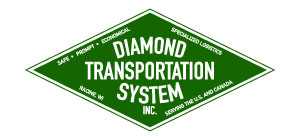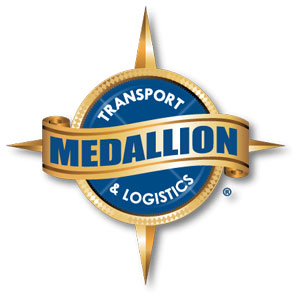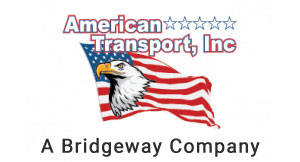How to Haul Construction Equipment Safely & Quickly
The trucking industry plays a vital role in the United States economy. Trucks deliver over 10 billion tons of commodities worth over $700 billion. Virtually every product used daily is carried by trucks during some portion of its product life, whether as a raw material or as a finished good. Trucks are also used for heavy hauling purposes including many types of large machinery used in the construction industry.
What is Heavy Hauling?
Heavy hauling refers to the transportation of objects that are exceptionally large in length, width, or height, or that are exceptionally heavy. These loads require expert preparation and execution because of their unique transportation challenges including legal considerations, special permits, technical challenges, and safety requirements.
What Type of Equipment & Machinery Requires Heavy Hauling?
The following types of machinery used in the construction industry may require heavy hauling including pile or driving machinery, dump trucks, excavators, backhoes, tower cranes, asphalt pavers, and more.
Here are some examples of heavy haul loads:
- Air exchangers and condensers
- Boilers
- Bridge beams
- Control buildings
- Cooling towers
- Compressors
- Concrete precasts
- Generators and transformers
- Manufactured homes
- Mining Equipment
- Piping
- Stamping presses
- Turbines
- Wind energy equipment
- Railway vehicles
How is Construction Equipment Moved Properly?
Consider these aspects required for moving construction equipment properly:
- In advance, make sure that the transporter has all the necessary permits ready for transport.
- Make sure that the size and capacity of the trailer to be chosen is the right size for the job.
- For maximum efficiency, load trailers at or below the rated load capacity. When loading, use a spotter on the trailer to direct the machinery operator and to keep the machine centered on the ramps and the trailer. Make sure the weight of the load is properly distributed on the trailer.
- After loading, block, chock, and chain the load to the trailer.
- If there are vulnerable or sensitive parts, make sure they are covered and protected from weather or debris.
- Travel at safe speeds.
- Unload heavy loads slowly to prevent damage or injury, always using ramps.
6 Things to Look for When Hiring Construction Equipment Haulers
To ensure a positive, successful, and safe hauling experience, make sure to consider these aspects when hiring construction machinery haulers:
- Does the company have the right equipment (in excellent condition) to haul the load?
- Does the company have the expertise to transport heavy or oversized cargo? It takes years of experience, knowledge of regulatory requirements, technical knowledge, and skills to safely load,
secure, transport, and unload the type of cargo you require. - Is the company licensed and properly insured in the case of an accident or mishap?
- Does the company have a great reputation?
- Does the company have a great safety record?
- Does the company have a great understanding of logistics and a commitment to excellent service?
What Are Some Red Flags I Should be Aware of Before Hiring a Trucking Company?
Avoid a trucking company that:
- Isn’t properly licensed or insured.
- Has poor reviews and can’t provide excellent references.
- Offers “too good to be true” estimates.
- Only provides non-binding estimates.
Get Your Construction Equipment Where it Needs to Be
Transporting heavy or oversized cargo is no simple task. It requires a trucking company that is deeply experienced. For hauling you can trust, contact Osage Specialized Transport. We are your go-to heavy haul and specialized machinery trucking company. We deliver freight from coast to coast and have headquarters located in Denver, Colorado, and McKinney, Texas. We work closely with numerous large carriers, energy sector companies, and heavy equipment-related businesses. With over 40 years of experience in the industry, we provide a broader base of varied heavy equipment hauling than any single company has access to.
















